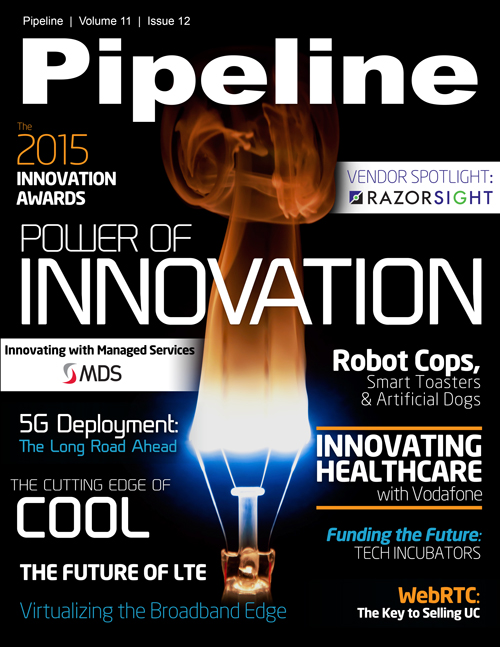The Future of LTE
There is a significant amount of unlicensed spectrum bandwidth available in countries around the world. That availability makes LAA an attractive proposition for carriers, especially given that its spectrum efficiency is an improvement on other technology currently using that portion of the spectrum. It will also support regulations for operating within the 5 GHz range, making it an ideal solution for deployment in busy network hotspots.
Perhaps the most significant advantage offered by LAA, however, is its cost-effectiveness. It allows carriers to maintain their current core network infrastructure and seamlessly add LAA capability. There is no need for additional network management, security or authentication solutions. It’s also fully transparent to the core LTE network, so current Evolved Packet Core elements are still viable in the LAA deployment.
The Path to Successful LAA Deployment
A few key considerations are necessary for carriers to deploy LAA and realize its benefits. Where deployment is possible before Release 13, such as in the U.S., it begins with the new small cells that can operate in the 5 GHz range. The resulting network configuration can utilize technologies, including frequency selection based on the channel activity and adaptive transmission for coexistence with Wi-Fi. Then, once Release 13 is complete, carriers will be able to utilize additional techniques such as Listen-Before-Talk (LBT). The mature LAA deployment with LBT will meet regulatory requirements and minimize interference by assessing the state of different frequencies and selecting a channel not currently in use by an active Wi-Fi network, another LAA or radar.
Scalability is another important consideration in LAA adoption. Data rates are expected to rise by as much as 1,000 times in the next five years as VoIP and video streaming demand continue to increase and carriers increasingly turn to small cell solutions. An LAA deployment creates clusters of new connectivity as need grows in cases such as population increase in a city or corporate expansion.
License Assisted Access is the ideal solution for tapping the potential of the 5 GHz band that is largely underutilized today, while at the same time addressing capacity issues faced by today’s networks. Its supplemental capacity is ideal for relatively small geographic areas with a lot of LTE traffic, and it is a cost-effective next-step in carrier technology. Within the next year it will become a viable option for the telco industry, and it will enable telecommunications to continue playing an important role in our business and personal lives.





















